Massougnes Bonbonne 150 -200 Years Old
We have had this fabulous 150 -200 year old bonbonne for decades; it was given to us by The Comtesse de Bordelaise. She is a direct descendant of the last French Royalty, King Louis VII and Eleanor of Aquitaine and has direct links with the British Royal Family. Although frail, she still lives on the remains of the Massougnes Estate near Aigre.
Once large and famous, the Massougnes estate has diminished considerably in size but over the years we have bought a few bottles of fabulous, historic and rare Massougnes cognacs from the Comtesse. She shared some of their story with us in a handwritten note, translated and summarised thus:
The Massougnes estate is about 400 years old and descendents of the original owner still live there. In 1800, it comprised 180 hectares with 40 – 50 members of staff. All was well until a terrible disease ‘Phylloxera’ destroyed the vines during the 1870s decade and most were never replanted. Instead, the estate took to raising wheat, barley oats, cows and horses. The old bottles of cognac were, however, well looked after. Every ten years the closures (cork & wax) were changed so the cognac remained at its strength of 41% abv. Thanks to this care the bottles of Massougnes cognac, harvested over 200 years ago, have been preserved in accordance with the family motto ‘All heart. All honour’.
Truly, history in a bottle, or in this case a Massougnes Bonbonne.

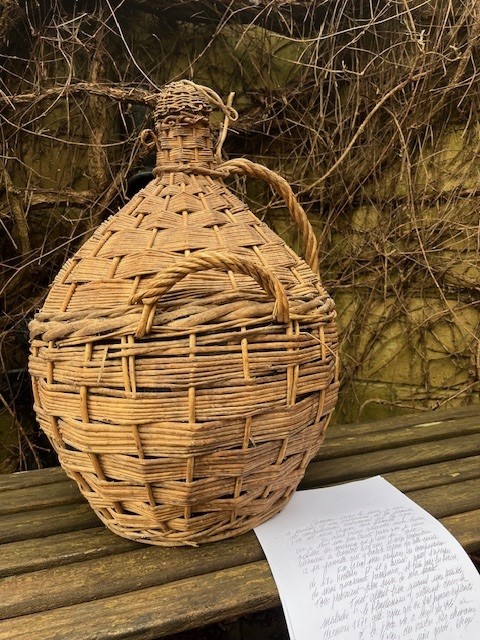
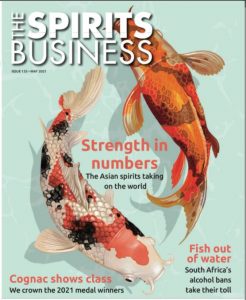 Regular readers of our Blog will know that we have often compared the astronomical prices of aged and vintage whiskies to the far more modest cognac equivalents, but there are signs that this could be about to change. Owen Bellwood, writing for The Spirits Business, has been investigating the latest trends in the cognac market and has published
Regular readers of our Blog will know that we have often compared the astronomical prices of aged and vintage whiskies to the far more modest cognac equivalents, but there are signs that this could be about to change. Owen Bellwood, writing for The Spirits Business, has been investigating the latest trends in the cognac market and has published 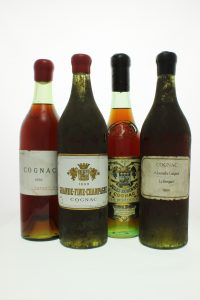 David Baker, Managing Director at Hermitage Cognacs, one of the UK’s leading suppliers of fine and rare cognacs, has noted a real upsurge in interest, demand and sales for
David Baker, Managing Director at Hermitage Cognacs, one of the UK’s leading suppliers of fine and rare cognacs, has noted a real upsurge in interest, demand and sales for 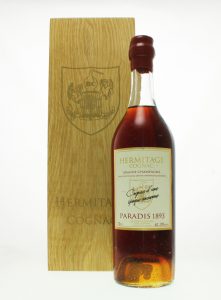
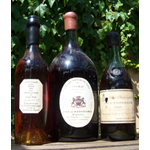 Recent sales of some rare vintages have only served to highlight the value of old vintage cognacs. Prices of more than £200k a bottle were achieved on two occasions and we have seen other mouth-watering prices being paid. But not only have the prices of
Recent sales of some rare vintages have only served to highlight the value of old vintage cognacs. Prices of more than £200k a bottle were achieved on two occasions and we have seen other mouth-watering prices being paid. But not only have the prices of 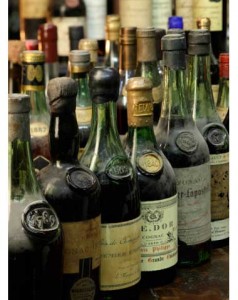 M Restaurant has announced that it is to sell its bottle of 1894 cognac for over £6000 for a 25ml shot – that’s the price of cognac history. The bottle is reputedly the first blend ever produced by Jean Fillioux, who founded the
M Restaurant has announced that it is to sell its bottle of 1894 cognac for over £6000 for a 25ml shot – that’s the price of cognac history. The bottle is reputedly the first blend ever produced by Jean Fillioux, who founded the